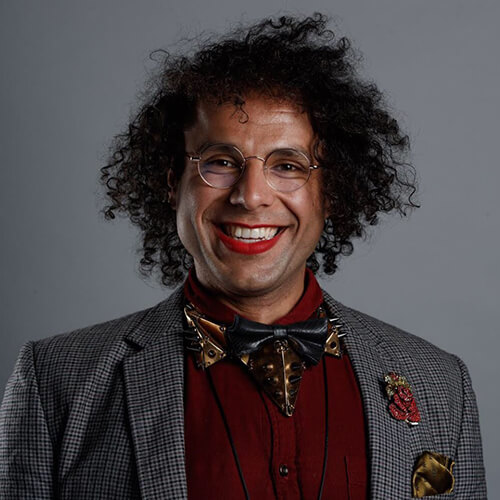Brought to you by
Dr Mohammad Taha
Innovation:
Smarter Energy Solutions
Research engineer, Sensor Group, Electrical and Electronic Engineering Department, University of Melbourne; PhD, RMIT University; BEng (Electrical & Electronics Engineering), University of Melbourne
Dr Mohammad Taha’s research contends that the world cannot rely on a shift to renewables to tackle climate change and current energy needs. Taha believes a more strategic approach is needed to actively limit waste and unnecessary consumption.
Taha has synthesised a self-modifying coating that adapts to its environment and limits heat radiation. Jointly developed with RMIT, the coating provides a proactive solution to current energy challenges.
Production dominates the conversation around clean energy, but this research promotes developing smarter energy consumption.
Taha’s work allows this coating to be used on any surface, including the standard glass used in construction of buildings and vehicles, flexible platforms and fabric.
Taha said the research will have tremendous environmental impact. Production dominates the conversation around clean energy, but this research promotes developing smarter energy consumption.
Reducing energy consumption through responsive glazing and coating is a vital part of glass technology. In the context of windows, Taha’s coating can be tailored to changing climates, which holds great potential for the future of smart windows and a drastic reduction of energy consumption within buildings.
It had previously not been possible to synthesise this coating on different surfaces due to constraints in fabrication techniques and obstacles to scalability.

This is a vital step towards the wider use of the technology; besides smart windows, potential applications include in electronic and optical devices and wearable electronics, as well as for fashion and defence.
Taha has demonstrated that the coating allows clear adaptive thermal camouflage, which can be observed using a standard infrared camera. This generated interest in the coating from a defence company.
The Australian Defence Force has also expressed interest in using the coating in heat-cloaking applications and microwave wavelength communications.
The coating has also received industry interest locally and internationally. Collaborations include currently running projects with the University of Melbourne, as well as a collaboration with the University of Adelaide and talks with Clearview, Applied Ventures Inc. and BMW.